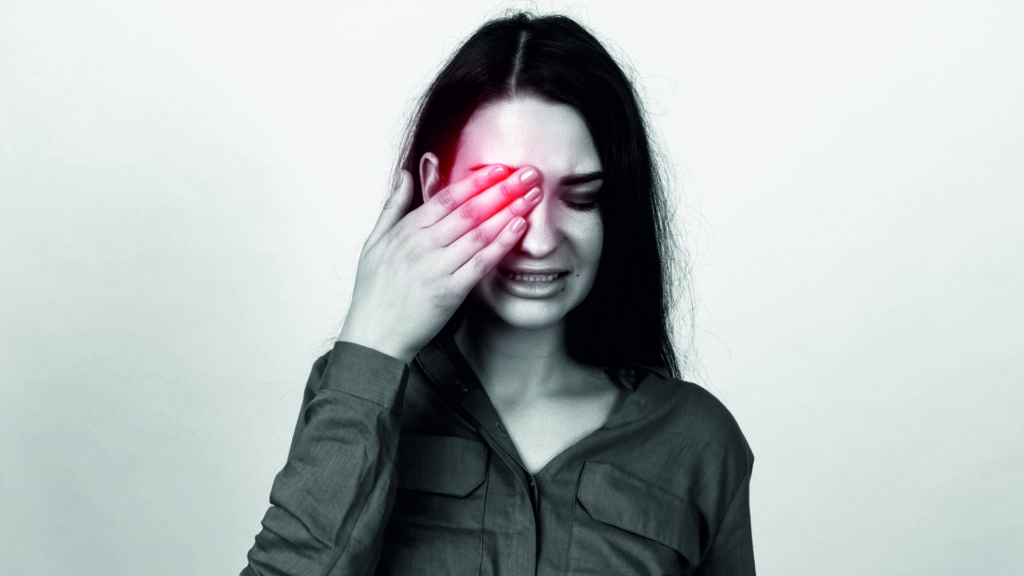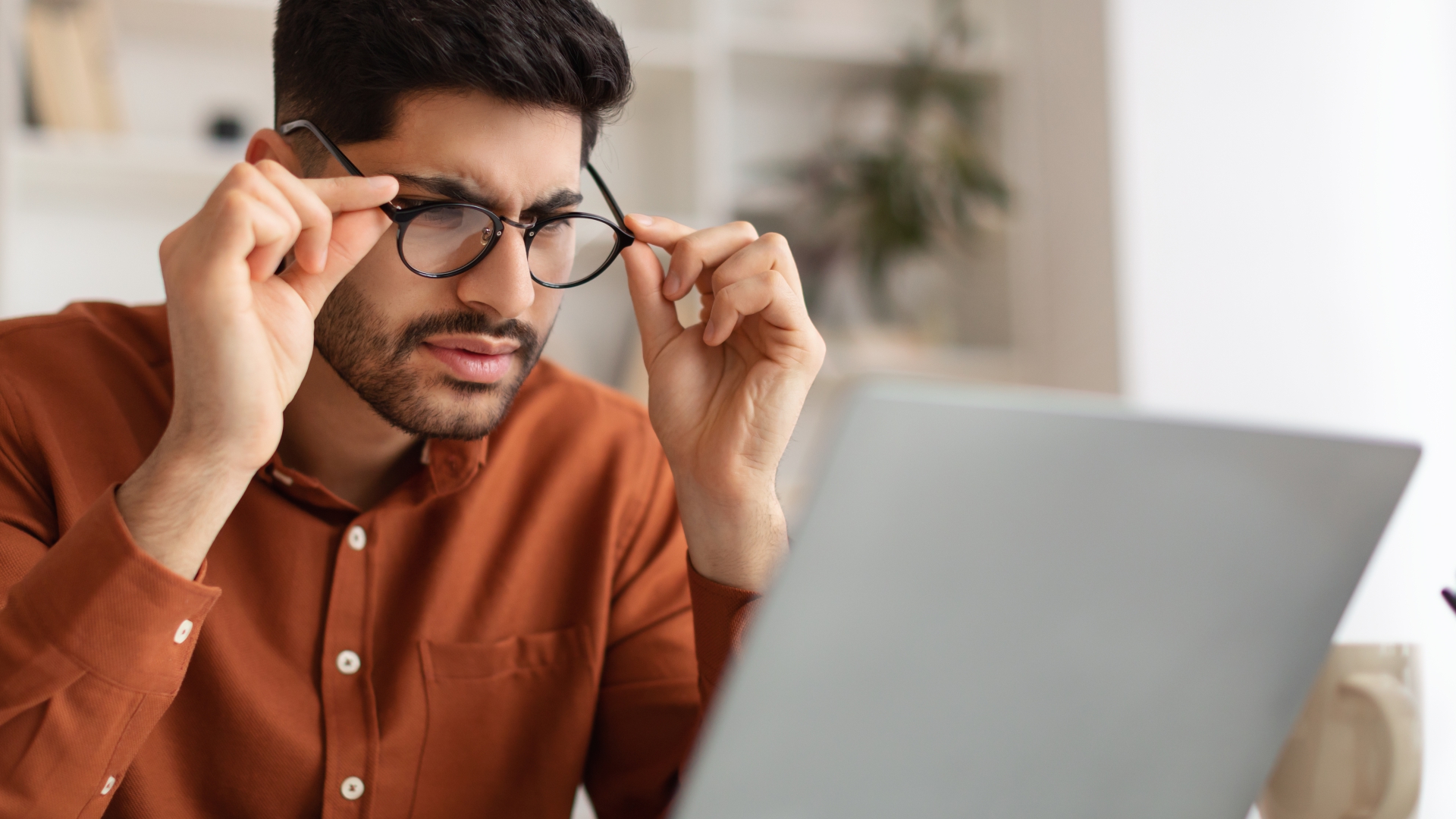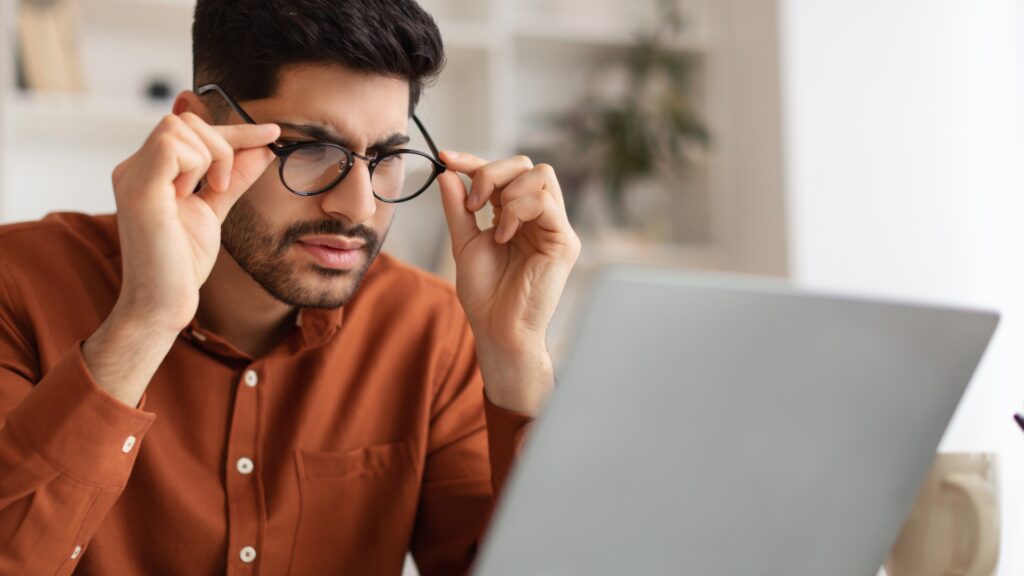
Hey, there! Before we begin the blog, let’s ask you a simple question. Are you able to see the screen in front of you? We hope it’s a “Yes.” Now, while looking at the screen, are you able to see the image on either side of the screen? You might wonder what this experiment is all about. This is to give you an idea of peripheral vision. It’s the vision that’s outside the central vision. This means your eyes can also focus on things that are away from the centre too. Amazing, right?
So, if you are able to see things outside the central focus of your eyes, you are using your peripheral vision. You might not realise the importance of peripheral vision yet. In this blog, we’ll present a few situations in which we use peripheral vision in everyday life. Also, in this blog, we’ll discuss the various cases of how one can lose this vision and ways to prevent it too. Let’s dig in.
The causes of loss of peripheral vision
What is Tunnel Vision?
Peripheral vision loss is also known as Tunnel Vision. Tunnel vision is when one’s eye can focus only on the centre, and the eye cannot form images of either side. For example, while crossing a road, your peripheral vision helps you to walk carefully. While the central vision gives you a view of what’s ahead, your peripheral vision alerts you if any vehicle approaches. And in the case of a person with peripheral vision loss, their overall vision narrows down by only giving an image of the centre. And this is a condition called Tunnel vision.
The main cause of Peripheral Vision Loss or Tunnel Vision
The main causes of peripheral vision loss are Migraines, Cataracts, and Glaucoma. Other than this, a rare disease that affects the Retina, known as Retinitis Pigmentosa, also leads to peripheral vision loss. So, it is always advisable to go for an expert eyecare check-up to keep your eyesight in check.
Treatments for Peripheral Vision Loss
Initially, as mentioned above, it is important to have a comprehensive eye check-up. We have listed down a few of the treatments that are generally done to cure peripheral vision loss.
Eye drops and Medicines
If you’re a Glaucoma patient, we urge you to use the prescribed eye drops regularly. Doing so will prevent peripheral vision loss.
Using Prism glasses
For those that lost a part of peripheral vision, eye experts recommend Prism Glasses. These glasses bend the light around the centre and provide the full image in the central vision.
Vitamin C tablets
People who have Retinal issues are prone to peripheral vision loss. Therefore eyecare experts usually advise taking Vitamin C supplements to prevent peripheral vision loss.
Peripheral vision loss or Tunnel vision is not an age-related issue. Therefore, it is advisable to have a regular eye check-up to keep track of your eye health. Just like central vision, peripheral vision is also important in our day-to-day activities. If you have queries on peripheral vision loss, please book an appointment with us today.






